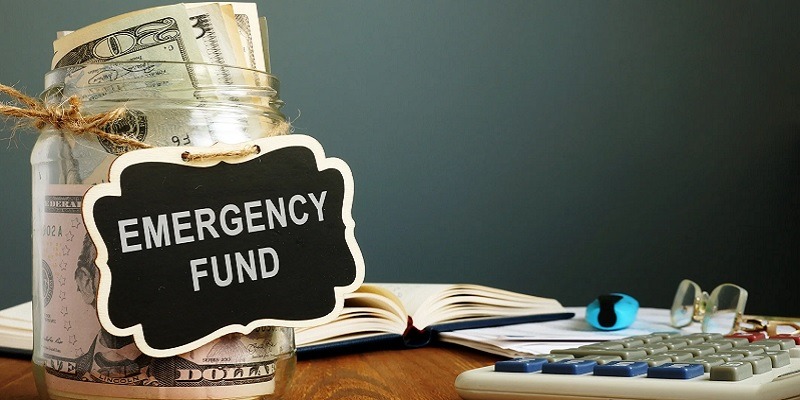
An emergency fund is the amount of money you set aside in case to cover large, unexpected expenses, such as unforeseen medical expenses, home appliance repair or replacement, major card fixes, and unemployment. Read on to learn more about What Is An Emergency Fund & Why Does It Matter.
Why Do I Need an Emergency Fund?
Emergency funds create a financial buffer that can keep you afloat in a time of need without having to rely on credit cards or take out high-interest loans. It can be especially important to have an emergency fund if you have debt, because it can help you avoid borrowing more.
How Much Should I Save?
The most basic answer to this question is at least half a year of expenses. However, that could be different for everyone. The right amount for you will depend on your financial situation, but a good rule to follow is to have three to six months’ worth of living expenses covered.
So, for example, if you were to lose your job, you could use the money to pay for any necessities while you find a new job. These funds could supplement your unemployment benefits. It is fine if you can’t save a large sum of money at once, but it is important to start, just in case.
Where Do I Put My Emergency Fund?
Generally, you would want to put your emergency fund into a savings account with a high interest rate and easy access because you want the ability to access your funds at a moment’s notice. This account should be kept separate from a bank account that you use daily to prevent you from dipping into your other accounts.
A high-yield savings account is a good place for your money. It is federally insured up to $250,000, so it’s safe. The money earns interest, and you can access your cash quickly when needed, whether through withdrawal or funds transfer.
How Do I Build An Emergency Fund?
There are many ways you can build an emergency fund, but the short answer is to start saving. As mentioned above, you don’t have to start with a large sum of money. Starting small is okay as long as you can save consistently. This will allow your fund to grow over time. Here’s a few steps you can follow:
- Calculate the total that you want to save.
- Set a monthly savings goal.
- Keep the change.
- Move money into your savings account automatically.
- Save your tax refund.
- Assess and adjust contributions.
 |
 |
Bottom Line
When you start saving for an emergency fund, it is important that you separate what is an emergency and everything else.
A great way to help with this is once you’ve reached your goal for a savings account, you should open another account for irregular but inevitable items such as car repairs, vacations and clothing.
For more interest bearing accounts, see our list of the best accounts with the best rates!
You can also build you emergency fund with these free cash bonuses offered by banks!
For more posts like this, check out our list of bank guides!




Leave a Reply